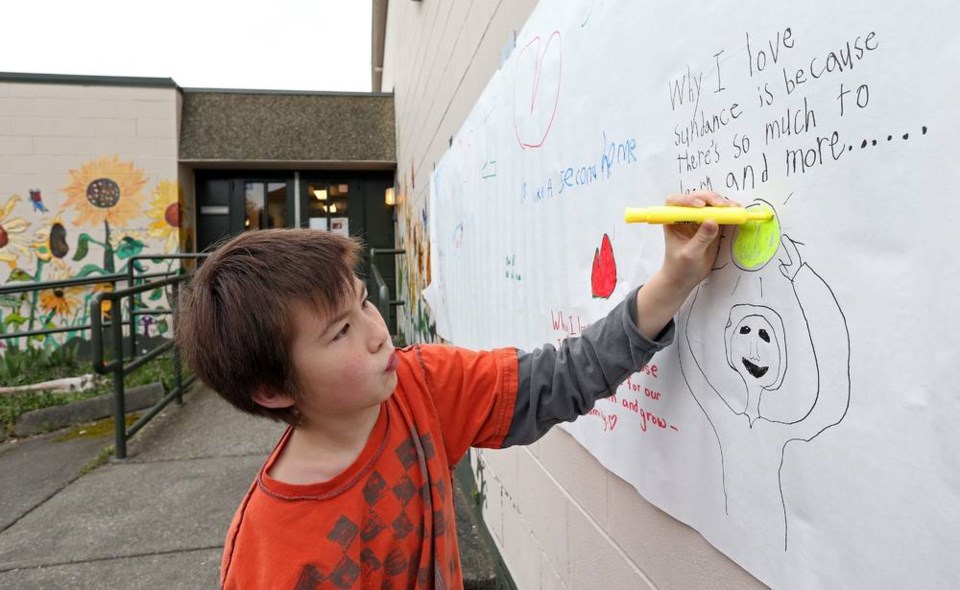A commentary on behalf of the Cridge Centre for the Family.
For B.C. families, high-quality child care isn’t just a convenience, it’s a need. Yet early childhood educators in our province are grossly underpaid and undervalued.
On June 11, the province announced a new certification system to support higher-paying, stable work for trades workers and “build the foundation of a strong economic recovery.” To start, the trades designated for certification included mechanical gasfitters, electrical and automotive workers.
The motivation for this “made-in-B.C.” trades approach is clear: Recognized credentials will enhance job stability and attract more people to trades careers, bringing necessary services to British Columbians and enhancing the economy in tandem.
But for child-care workers, this announcement is salt in a very old wound. Wages and benefits for early childhood educators (ECEs) are so low that many leave the field, or never join it in the first place. Without fair and comparable wages, there is little draw to work in this vital sector.
But B.C.’s child-care worker shortage has implications beyond strained employment.
Harvard research on early childhood education indicates that birth to age five are crucial years in a child’s development, setting a foundation for the basic architecture of the brain. In the first few years of a child’s life, more than one million new neural connections are formed every second. These years lay the path not only for the individual, but for the health and sustainability of our society.
But according to wage-tracking website Payscale, the average pay for a Canadian ECE is roughly $17.63 an hour. The average Canadian pipefitter makes $34.68 an hour.
The quality of our child-care system depends on ECEs, and a lack of licensed spaces leaves B.C. families with little choice when it comes to finding care for their children. Many are forced to use unregulated options lacking health and safety standards, let alone the quality care and learning environments created by qualified professionals.
Respecting and raising the prestige of ECEs’ work will provide significant benefits to single mothers and women in general. Early childhood education is a mostly women-held occupation, and the low pay in this sector echoes a historical lack of respect and general disregard for what is considered “women’s work.” Women continue to contribute to our economy, in this case by literally helping to raise our society’s children, without seeing equal benefits afforded to male-dominated fields.
Prioritizing and valuing early childhood education will have an economic impact, too. According to B.C. child-care advocacy group 10aDay, accessible child-care programs costing no more than $10 per day, along with raising the average pay for ECEs to $25 an hour, will have an immediate impact on overall economic activity, increasing the GDP by $5.787 billion, more than three times the total cost of implementation. Employment would increase by 2.8 per cent, creating 69,100 new, full-time jobs.
Premier John Horgan’s government has made some important changes, including opening some ECE training spaces, creating the Affordable Childcare Benefit, opening more licensed spaces and a yet-to-be implemented ECE wage enhancement.
Still, ECEs come out of post-secondary with debt, only to make a few dollars above minimum wage. But right now, paying ECEs more means charging families more, deepening existing class and gender inequalities.
But just as pipefitters and auto-body technicians need security, pay and prestige,our ECEs need compensation for their vital role in the health of our society. To get more child-care workers on the playing field, we need government funding for public post-secondary ECE programs and an immediate shift to public funding for licensed spaces.
Trades are vital to our province’s economic and social health, but without the prioritization of child care, B.C. is leaving a wildly underestimated resource untapped, possibly to devastating results.
The Cridge Centre for the Family has been providing hope and support for vulnerable people since 1873, with a legacy of love and care that has stretched over generations and across cultural barriers.



